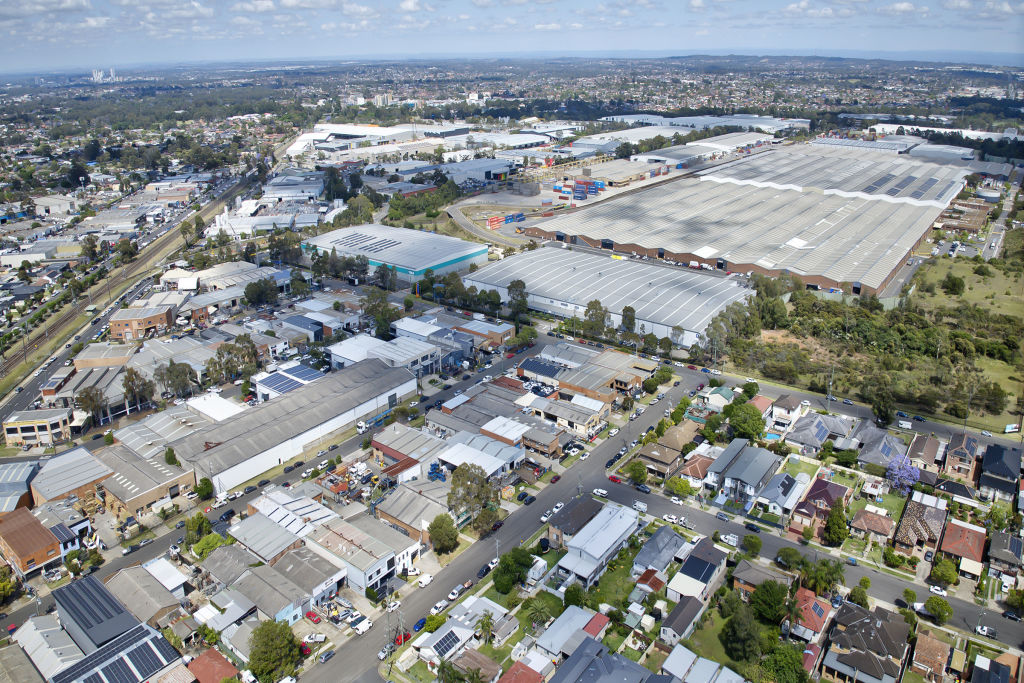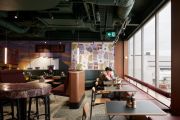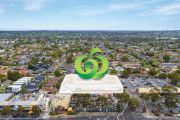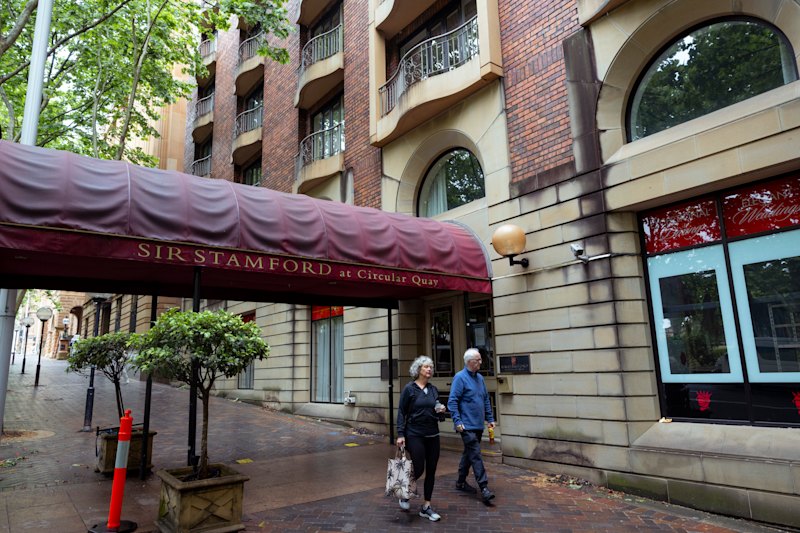
Western Sydney the place to be for industrial property
The industrial sector is having a resurgence in western Sydney, but will it last amid economic uncertainty?
Western Sydney has seen strong growth and investment over the past five years, bringing “significant transformation” to the industrial market, according to the newly published Western Sydney Insights report by Ray White Commercial (RWC).
So what is behind the strong growth? Is it the vast land? Is it the labour?
“It’s really where you can get scale,” said RWC Western Sydney managing director Peter Vines.
“Large companies need to be close to arterial roads and have space … that’s partly it. The other part is, land is very constrained due to re-zonings in the rest of Sydney, which makes western Sydney really the only place you can have enormous depots and cold storage, but also data centres.”
Evolving economic conditions, shifts in consumer behaviour, and the COVID-19 pandemic have all played a part in the boom, with the future looking bright thanks to ongoing infrastructure projects, including the new airport, rail and road projects, the report stated.
“We expect the demand for the industrial sector to remain high for a long time to come … particularly as we get closer to the airport opening up – that’s a massive one,” Vines added.
The industrial sector has taken the crown as top performer among commercial asset classes due to “unprecedented demand” for large-scale distribution and logistics assets, driven by the rapid growth of e-commerce, the report said.
We take a closer look at the factors behind the resurgence, and where it’s headed.
Changing consumer behaviour during the pandemic
“The cause and effect of how COVID has changed property is very interesting, and is constantly evolving,” Vines said.
During the pandemic, tech giants urgently needed to expand to larger warehouses to keep up with consumers’ keyboard-tapping purchases and last-mile logistics – the delivery from warehouses to homes.
At the same time, new business start-ups started to boom, driving demand for smaller industrial assets. This was helped in part by low interest rates, which boosted confidence.
Smaller businesses needed small-format assets, which were much quicker and cheaper to build, making them a top choice for investors.
They are also offered at an attractive entry point, are easier to manage than large industrial spaces, and have a greater number of tenants queuing up to take up residence, fuelling low vacancy rates.
AI is the new frontier for e-commerce
Vines said demand for artificial intelligence (AI) was strong, leading to data storage becoming another big investor in the area.
“The demand for data storage from an AI perspective is enormous, and the need to store that data is just astronomical,” he said.
“Western Sydney will be one of the major hubs for the storage of that data. Amazon has huge locations in western Sydney; Microsoft has a big one planned, I believe, in Eastern Creek. All the major data centres users are positioning themselves in the west.”
Undeveloped, zoned industrial land
Sydney’s west, particularly the outer west, boasts zoned, undeveloped land, and is set to dominate future industrial supply, according to the RWC report.
“It’s a huge growth area for western Sydney,” Vines said, but added it was not all easy sailing.
“Land is still considerably constrained out here despite there being land available. Trying to get water, power and sewer to service these areas is still very difficult.”
Outer-west locations, such as Kemps Creek, Marsden Park and Eastern Creek, offer a high portion of available land. The area now hosts 178 active projects, with a significant number still in the planning stages, promising substantial industrial growth in years ahead, the report said.
Interestingly, it added, the local government areas of Penrith, which sits in the outer west, and Liverpool, in the south west, have 69.3 per cent of Sydney’s undeveloped industrial land, making the spots prime for shaping Sydney’s industrial future.
They are set to become “critical hubs for economic growth and development”, bringing “immediate opportunities for business expansion and job creation”, the report said.
Diversity is key
Immigration is also key to the area,” Vines said.
“One of the biggest things for Western Sydney is its affordability… it’s still relatively underdeveloped in many areas,” he said.
“As a result of that, when we get new immigrants coming to Australia, they’re pushing into western Sydney. And so western Sydney is certainly fuelled by construction of major pieces of infrastructure but also by immigration of new Australians.”
Evolving economic conditions
Over the past five years a diverse range of investors have flocked to western Sydney, including first-time buyers, owner-occupiers and institutional investors, thanks to low interest rates, the report said.
“However, interest rate hikes and economic uncertainties have led to a slowdown in investment activity and a widening of yield ranges across Western Sydney’s submarkets,” it added. “Despite these challenges, western Sydney’s industrial market remains resilient.
“Long-term growth trends remain impressive, with some areas experiencing annual rental growth exceeding 20 per cent over the past three years. Looking ahead, the market’s performance will largely depend on economic factors, particularly interest rate movements and inflation.”
Is the downturn hurting western Sydney?
Vines said he was optimistic about the future of western Sydney.
“Probably the biggest thing from an industrial perspective is, when the market slows there’s less demand – there are always winners and losers,” he said.
“Business confidence tends to soften, people aren’t looking, potentially, for as much space.
“It’s just cautionary. The [Reserve Bank] is still threatening that interest rates will go up, so people will feel cautious. I think that then has a direct impact on the requirement of warehouse space.”
However, the RWC report said “the outer west, and south-west precincts, with more developable land, are emerging as key growth areas, with numerous projects in various stages of development“.
Is growth fuelled by jobs?
Sydney’s new airport, the Aerotropolis, is located in one of the fastest-growing urban areas in Australia, about 40 kilometres west of the CBD.
“You only have to look at the construction in western Sydney to look at all the jobs that have been created,” Vines said. “There’s the airport, rail projects, road projects. It’s enormous.
“All of that feeds into jobs, into spending in the economy by the people who are working on those projects, then goes into local businesses, housing … it goes into everything.
“Where there are these massive warehouses being built, yes there’s an element of automation, but with the skilled workforce working in some of these factories, it’s certainly creating jobs.
“As an area expands, they need childcare, and a requirement for all the social infrastructure that goes along with it.
“As all of these things happen, it creates a demand for jobs by the natural growth of it.
“It’s a good reason to be in the west.”










